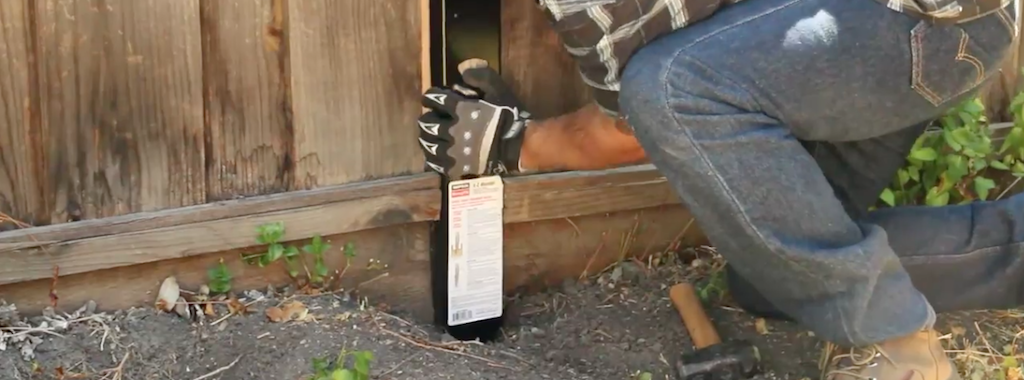
Wooden fences, while adding charm and functionality to our homes, are prone to wear and tear over time. Understanding the nuances of common wood fence repairs is essential for homeowners looking to maintain the integrity and aesthetics of their outdoor spaces. In this comprehensive guide, we’ll delve into the intricacies of wood fence repair, providing insights, tips, and step-by-step guidance.
Understanding Wood Fence Structures
Before we embark on the journey of repair, let’s familiarize ourselves with the typical components of a wooden fence:
- Posts: Vertical structures that provide support for the fence.
- Rails: Horizontal elements connecting the posts and supporting the pickets or panels.
- Pickets/Boards: The vertical panels that create the visible face of the fence.
- Fasteners: Nails, screws, or other hardware used to secure components.
Common Issues and Solutions
Rotting Wood
- Issue: Wood rot is a common problem, especially in areas exposed to moisture.
- Solution:
- Identify and remove the affected wood.
- Treat surrounding areas with wood preservative.
- Replace with pressure-treated or rot-resistant wood.
Leaning or Broken Posts
- Issue: Posts may lean due to soil erosion or physical damage.
- Solution:
- Dig around the post and add fresh concrete for support.
- Replace broken posts with new, properly aligned ones.
Loose or Missing Pickets
- Issue: Pickets may become loose or go missing over time.
- Solution:
- Secure loose pickets with screws or nails.
- Replace missing pickets, ensuring they match the existing ones.
Sagging or Broken Rails
- Issue: Horizontally, rails can sag or break, compromising the fence’s stability.
- Solution:
- Reinforce sagging rails with braces.
- Replace broken rails with new, sturdy ones.
Termite Damage
- Issue: Termites can cause structural damage to wooden fences.
- Solution:
- Treat affected areas with termite control products.
- Replace severely damaged wood.
Step-by-Step Wood Fence Repair Guide
Assessment and Planning
- Inspect the entire fence for damage.
- Prioritize repairs based on urgency.
- Gather necessary tools and materials.
Safety First
- Wear appropriate safety gear, including gloves and safety glasses.
- Ensure the work area is clear of obstacles.
Rot Removal and Treatment
- Cut out rotted wood using a saw.
- Apply wood preservatives to the surrounding areas.
- Let it dry before proceeding.
Post Repair
- For leaning posts, dig around and add fresh concrete.
- Replace broken posts with new ones.
- Ensure proper alignment and stability.
Picket and Rail Repair
- Secure loose pickets with screws or nails.
- Replace missing or severely damaged pickets.
- Reinforce sagging rails with braces.
- Replace broken rails with new ones.
Termite Control
- Apply termite control products to affected areas.
- Regularly inspect the fence for signs of termite activity.
Finishing Touches
- Sand the repaired areas for a smooth finish.
- Apply wood stain or paint to match the existing fence.
Prevention Tips for Long-Term Fence Health
- Regular Inspection: Conduct routine checks for signs of damage or wear.
- Seal and Stain: Apply sealant or stain to protect wood from moisture.
- Proper Installation: Ensure the fence is correctly installed to prevent issues.
- Clear Vegetation: Trim plants and bushes near the fence to avoid moisture retention.
Conclusion
Navigating common wood fence repair is a homeowner’s responsibility for maintaining the beauty and functionality of outdoor spaces. By understanding the structure, identifying issues, and following a systematic repair process, individuals can prolong the life of their wooden fences. Implementing preventive measures further ensures a durable and aesthetically pleasing fence that stands the test of time.
